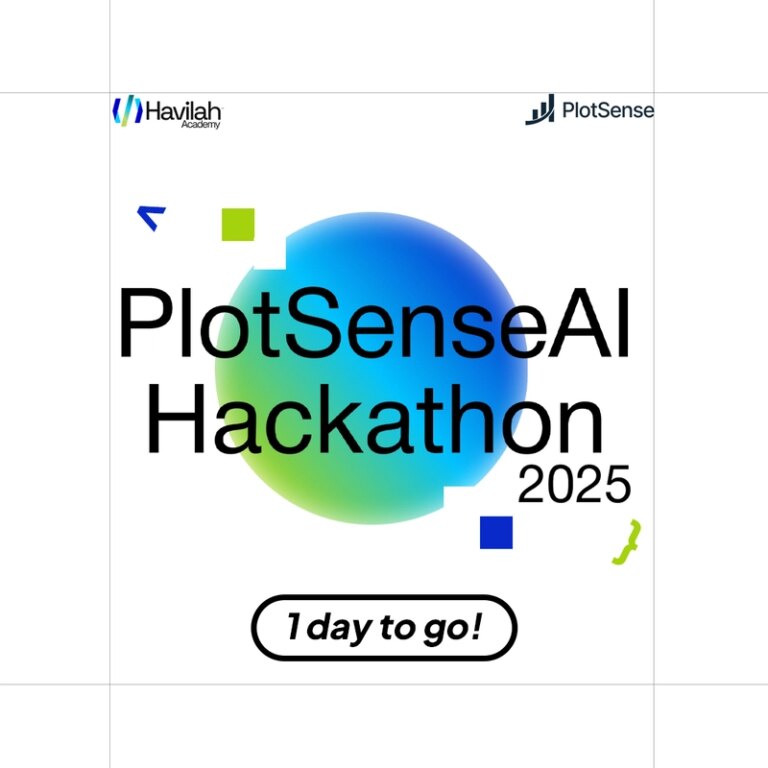How to integrate AI models into production systems?
Integrating AI models into production requires more than just deploying a trained model. It involves building a scalable, reliable, and secure system that continuously adapts to new data and business needs.
1. Define Clear Objectives
Start by identifying the problem your model solves and the metrics that define success. Clear goals help guide deployment strategy and resource allocation.
2. Containerize the Model
Package the model with all dependencies using Docker or Podman to ensure consistency across environments and simplify continuous integration and delivery.
3. Deploy via APIs or Serving Frameworks
Expose the model as an API using FastAPI, Flask, or gRPC. For large-scale serving, frameworks such as TensorFlow Serving, TorchServe, or Ray Serve work effectively.
4. Implement MLOps Automation
Utilize tools such as MLflow, Kubeflow, or Vertex AI to manage the model lifecycle, versioning, and deployment. These platforms streamline retraining and rollback processes.
5. Monitor Performance
Continuously track accuracy, latency, and drift using Evidently AI, Prometheus, or Grafana. Monitoring ensures early detection of performance drops.
6. Secure and Govern
Apply role-based access controls, encrypt sensitive data, and maintain version histories for compliance and traceability.
AI integration is a continuous journey of optimization and improvement. Expert AI integration services providers, such as Bacancy, follow a structured approach to ensure smooth, reliable, and flawless AI deployment in production environments.

